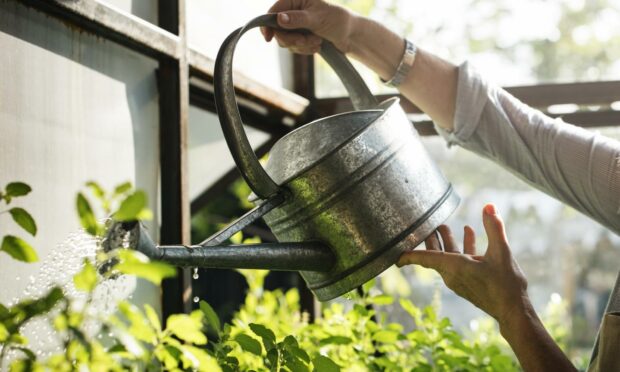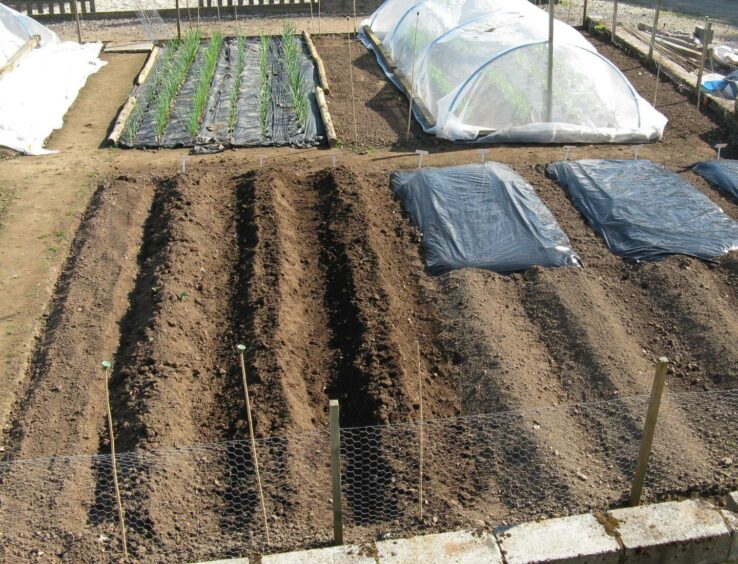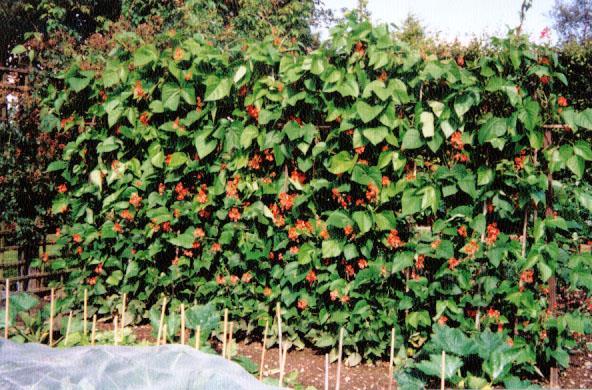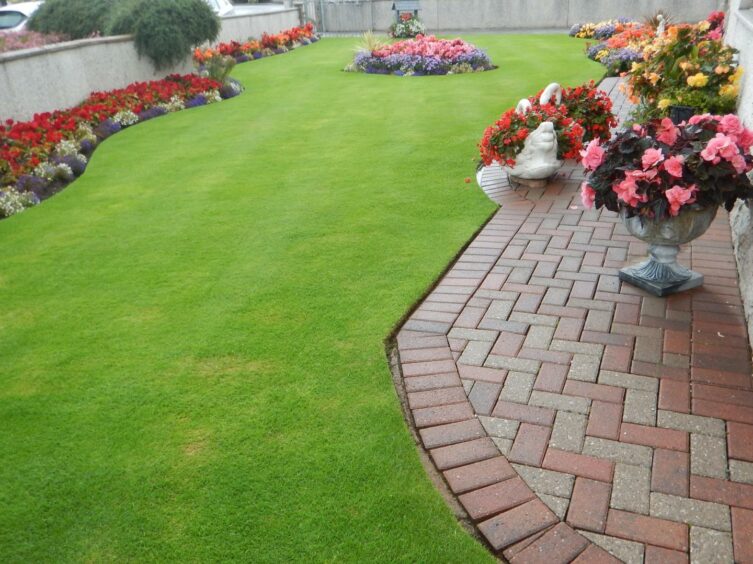Keeping up with the discoveries being made by scientists is almost a full-time job these days.
Over my years spent in horticulture since leaving school (in 1953!), I have been employed in a range of jobs, including teaching and advisory work, so keeping up to date has been part of the daily darg.
The opportunities I have had to work alongside more experienced colleagues with different backgrounds and from different parts of the country has helped to broaden my gardening perspective. Understanding how soil conditions and weather can vary significantly across the country has been vitally important.
Varying conditions
Having worked in Ayrshire, Berkshire, Shropshire. Leicestershire and Aberdeenshire has been key to understanding variations in climatic conditions, and the influence that has on gardening practice.
That learning curve started with my first move – from Ayrshire with a rainfall of about 45 inches per year to Berkshire where it was 25 inches per year. However, in 70 years there is ONE crucial thing that hasn’t changed – the distance from earth to sun, and that has a critical role to play in dictating our seasons. Complicates things a wee bit, does it not?
You must be wondering where this is taking us, stay with me. You may have heard me describe, before now, why farmers grow their tatties on ridges which run north to south, why gardeners plant their rows of climbing beans in rows to run north to south, why even-span glasshouses should ideally be built with the ridge running north to south.
Why? The sun rises in the east and travels across the sky to finish in the west and as a result, come night time, all the plants get an equal amount of sunshine.
In the specific case of the potatoes, planted on ridges – the sun’s rays warm the soil on the east-facing slope of the ridge in the morning and the west-facing ridge in the afternoon resulting in even growth.
Runner beans
Yes, I am aware that the sun might disappear at lunchtime. Runner beans can reach 2m in height on their supports, if planted in an east-west pattern, and they will shade crops grown on the north side to their detriment.
I am not the only one who has preached that gospel over the years BUT according to a recent report from the RHS, scientists in the Netherlands have come up with some interesting statistics by studying the chemistry of light levels in tomatoes planted in double rows. Whilst plant uniformity was best in double rows running N-S, plants facing south on the E-W rows actually produced a 7% higher yield. “For aw that and aw that” methinks I will stick to my own experience.
Perfect lawns
Moving swiftly on, winter work in the garden, given a few dry days, will not only give the television time to cool down but provide a little light exercise and I have the very job for those of you who have a bit of lawn, bordered by paths and flowerbeds. It is time to true up and re-cut the lawn edges, preferably with a half-moon edging iron.
Why not use a spade, I hear you ask – in my view, this is a job that requires a little finesse, a little precision, like using an open razor for a really satisfying shave rather than a butter knife.
With a sharp edging iron, it should be possible to pare off a sliver of turf to create a straight or evenly curved edge, taking out minor bumps. It is essential that the edge is slightly sloped and not vertical, so from the lawn surface it should slope outwards towards the path or the border soil.
With this sloping, buttress-like side the lawn edge’s sloping side will help withstand the weight of the mower as it runs along the top on a weekly basis all summer. The corollary being, if you settle for a vertical side, the weight of the mower will eventually cause the edge to splay and break down leaving you with a much more serious repair job.
In the glasshouse
My stock plants in the glasshouse are looking OK at the moment, requiring very little watering, but they do need checking every day and that takes me to a crucial point. I use rainwater which has been collected in a water tank as it drains off the greenhouse BUT at this time of year, the temperature of that water is almost at freezing point and definitely not suitable for irrigating the plants. My routine is to have the watering can full of water from the tank and placed in the glasshouse for at least 24 hours to allow it to reach “room temperature” before watering the plants.
If you are using water from the tap in the house, add some warm water to take the chill off the tap water.



